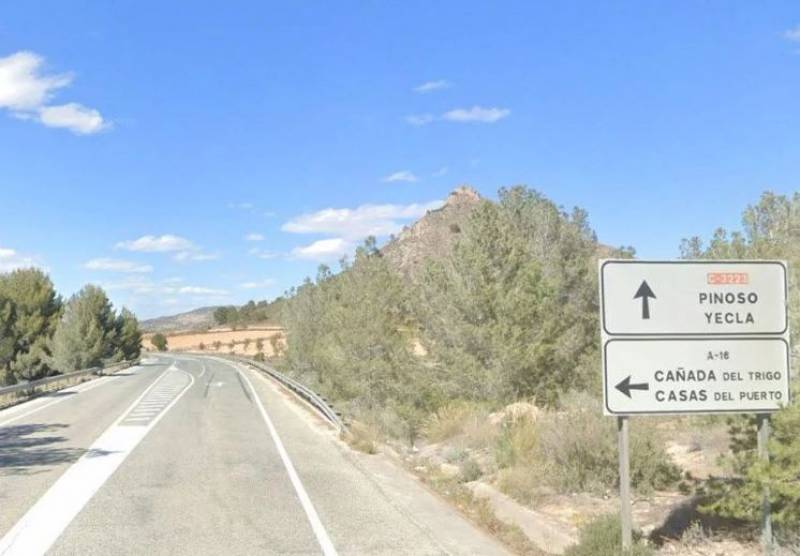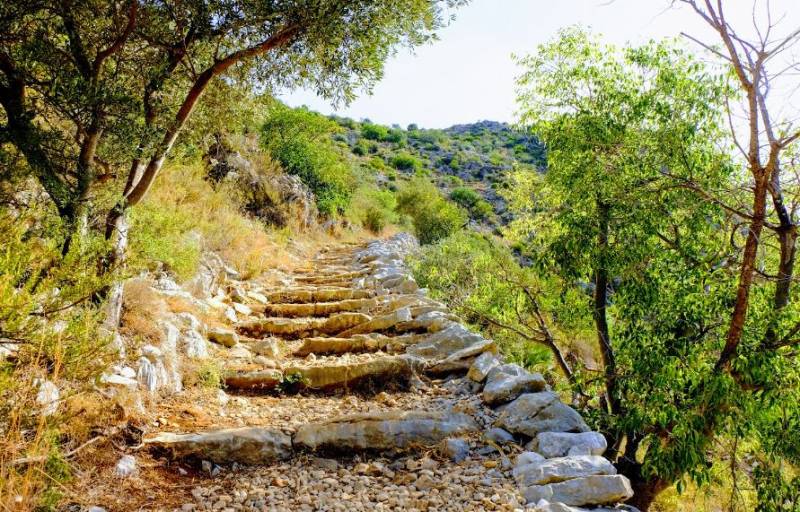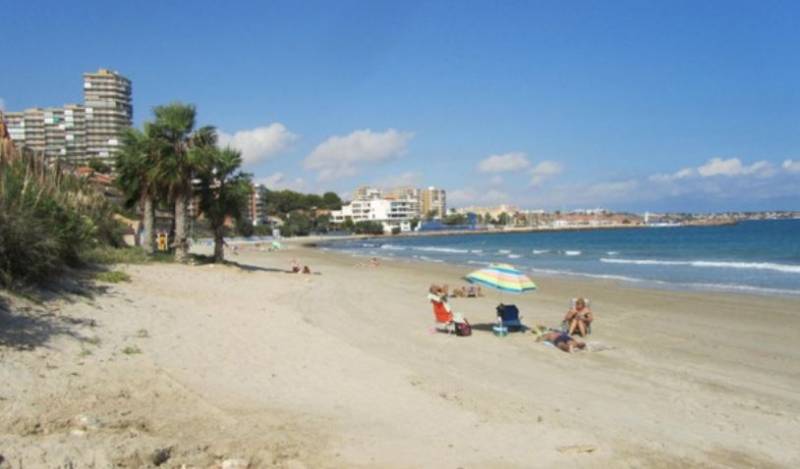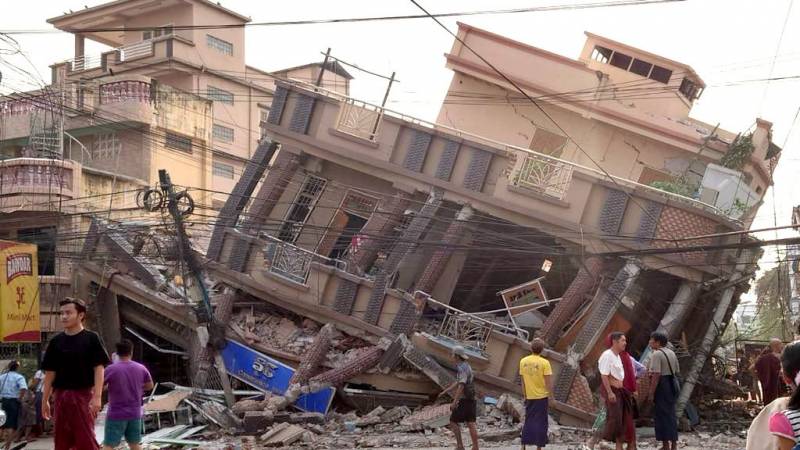- Region
- Vega baja
- Marina Alta
- Marina Baixa
- Alicante
- Baix Vinalopo
- Alto & Mitja Vinalopo
-
ALL TOWNS
- ALICANTE TOWNS
- Albatera
- Alfaz Del Pi
- Alicante City
- Alcoy
- Almoradi
- Benitatxell
- Bigastro
- Benferri
- Benidorm
- Calosa de Segura
- Calpe
- Catral
- Costa Blanca
- Cox
- Daya Vieja
- Denia
- Elche
- Elda
- Granja de Rocamora
- Guardamar del Segura
- Jacarilla
- Los Montesinos
- Orihuela
- Pedreguer
- Pilar de Horadada
- Playa Flamenca
- Quesada
- Rafal
- Redovan
- Rojales
- San Isidro
- Torrevieja
- Comunidad Valenciana


- EDITIONS:
 Spanish News Today
Spanish News Today
 Murcia Today
Murcia Today
 Andalucia Today
Andalucia Today
ARCHIVED - Cliffside path to Benitatxell slip fault reopened
The Riu Blanc slip fault lies a short walk from the beach of Cala de Moraig
Lovers of spectacular views and geology will be delighted at the news that the Costas Department in the province of Alicante has completed work to rehabilitate the coastal path which leads to the Rui Blanc slip fault  in the municipality of Benitatxell, a feature which dates back to the Miocene (between 23 and 5 million years ago).
in the municipality of Benitatxell, a feature which dates back to the Miocene (between 23 and 5 million years ago).
The 290-metre cliff path has been cleared of fallen rocks and fitted with steps and a handrail, making the area easily accessible to geologists and walkers alike. It is now, so to speak, a walk in the park, and is a welcome addition to the attractions of this part of the Costa Blanca.
Equally importantly, there is a very definite end to the new look path, with a barrier marking the end of the safe walk and discouraging the most inquisitive visitors from entering an area where there is a serious risk of falling.
This section of the cliffs of Poble Nou de Benitatxell, which include the imposing headlands of Morro Falquí and Morro Roabit as well as the “Cova dels Arcs” cave, is of great geological interest as it is possible to see quite clearly the folds, strata and fractures which testify to the tectonic processes by which the continents of Africa and Europe were formed.
The Riu Blanc fault, also referred to sometimes as the Moraig fault, is arguably the most important geological feature of the whole of the province, and was formed when an enormous slab of rock slipped 500 metres downwards from the mountain of Puig de la Llorença. This left an impressive vertical rock face, at the foot of which is an underwater cave, and the Town Hall of Benitatxell has requested that the area be granted “Natural Monument” status.
Until now the bathers at the popular Cala del Moraig beach have been largely unaware of the geological wonder which stands alongside, but now it is hoped that they will be tempted to explore a little further along the easternmost stretch of the Costa Blanca!
For more local news, events and other information consult the Marina Alta edition of Alicante Today.
staff.inc.ali


































